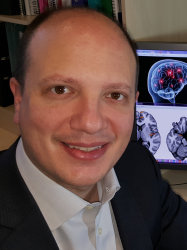BibTex format
@article{Abbara:2022:10.3389/fendo.2022.1076984,
author = {Abbara, A and Koysombat, K and Phylactou, M and Eng, PC and Clarke, S and Comninos, AN and Yang, L and Izzi-Engbeaya, C and Hanassab, S and Smith, N and Jayasena, C and Xu, C and Quinton, R and Pitteloud, N and Binder, G and Anand-Ivell, R and Ivell, R and Dhillo, W},
doi = {10.3389/fendo.2022.1076984},
journal = {Frontiers in Endocrinology},
title = {Insulin-like peptide 3 (INSL3) in congenital hypogonadotrophic hypogonadism (CHH) in boys with delayed puberty and adult men},
url = {http://dx.doi.org/10.3389/fendo.2022.1076984},
volume = {13},
year = {2022}
}

